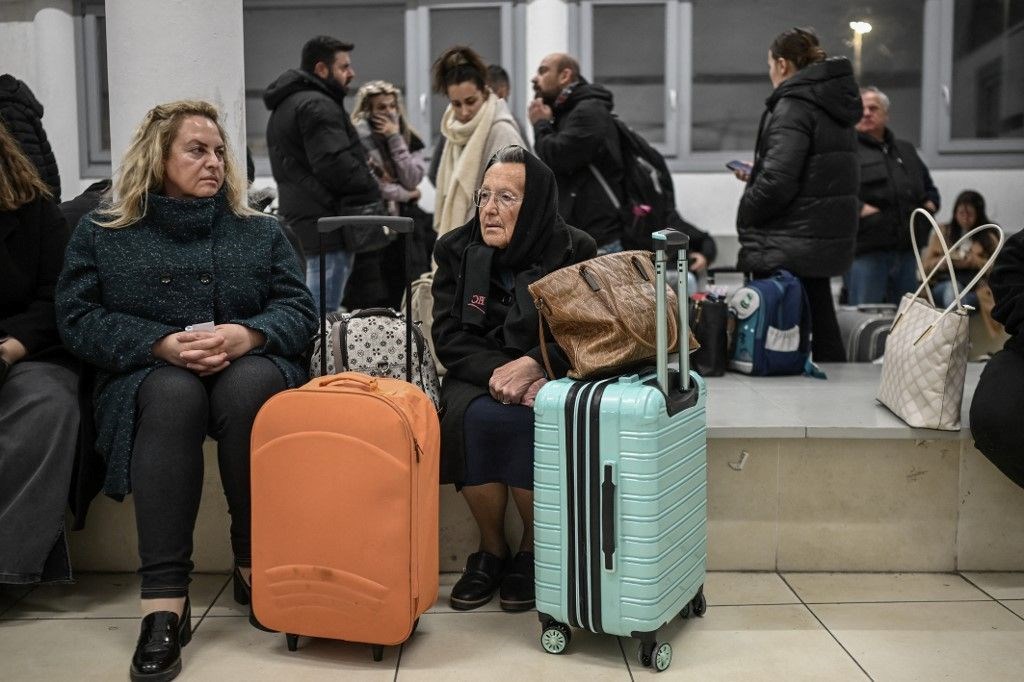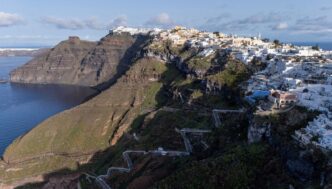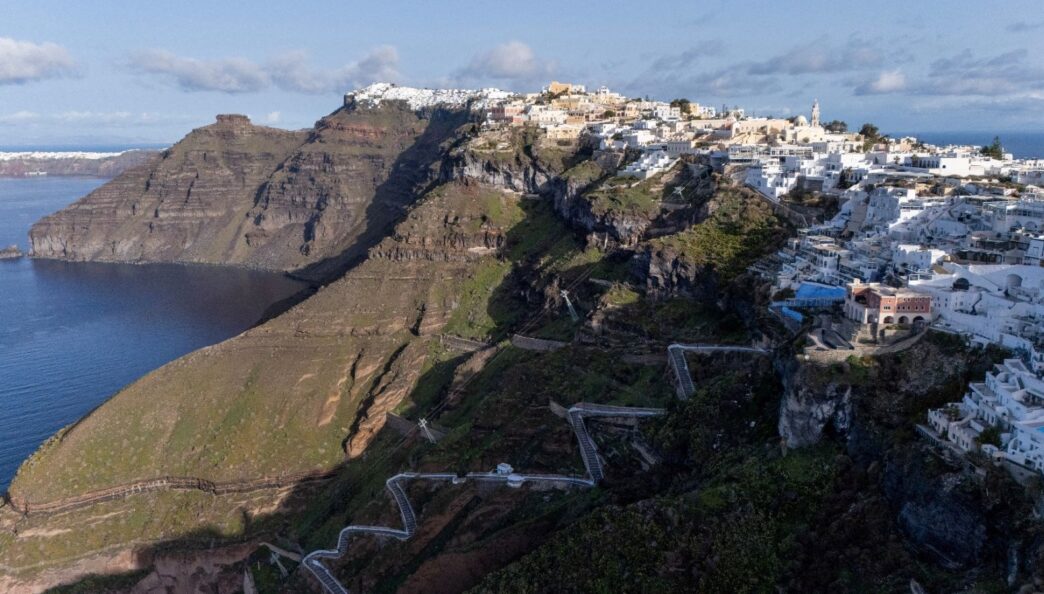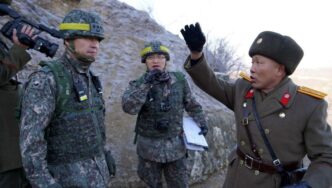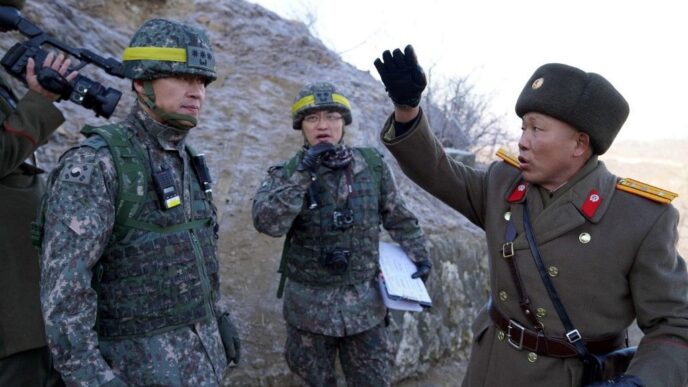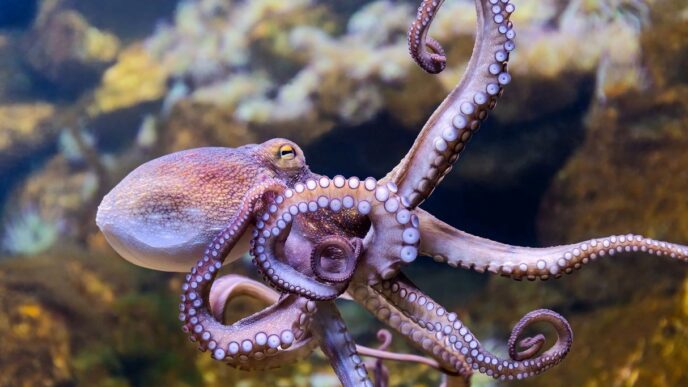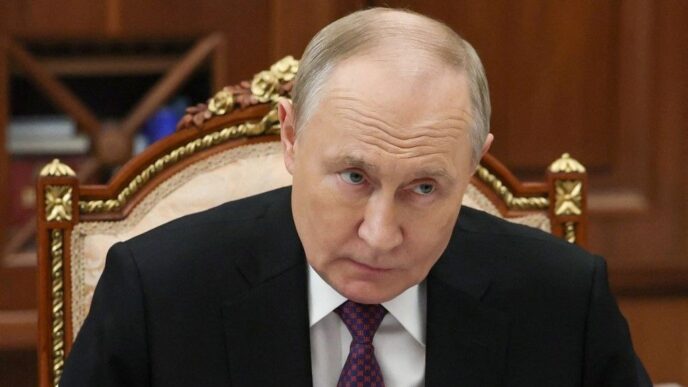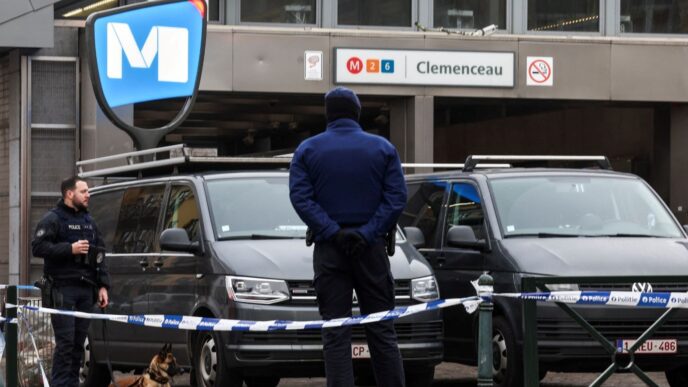While Greece waits in fear for a major earthquake, human migration from the island of Santorini has increased. According to the National Observatory of Athens, consecutive tremors continue to exceed magnitude 4. Experts say the risk of landslides has increased and an earthquake magnitude 6+ is a possibility. Underwater seismographs are carefully monitoring the Columbo volcano. Prime Minister Mitsotakis, who said that the entire state apparatus was mobilized, said, “The state should listen to scientists.”

According to the Geodynamics Institute of the National Observatory of Athens, seven tremors with a magnitude of over 4 were recorded in an hour. The two strongest were determined to be 4.7 and 4.8.
Since there are many faults between Amorgos and Santorini, they are activating one after the other. However, according to Greek experts, the Amorgos fault, which caused the great earthquake in 1956, has not yet activated.
Four underwater seismographs are monitoring the Columbo volcano. However, so far all indications are that there is no danger of “awakening”.
While scientists are closely monitoring this unprecedented seismic activity, the Athens government is also on alert.
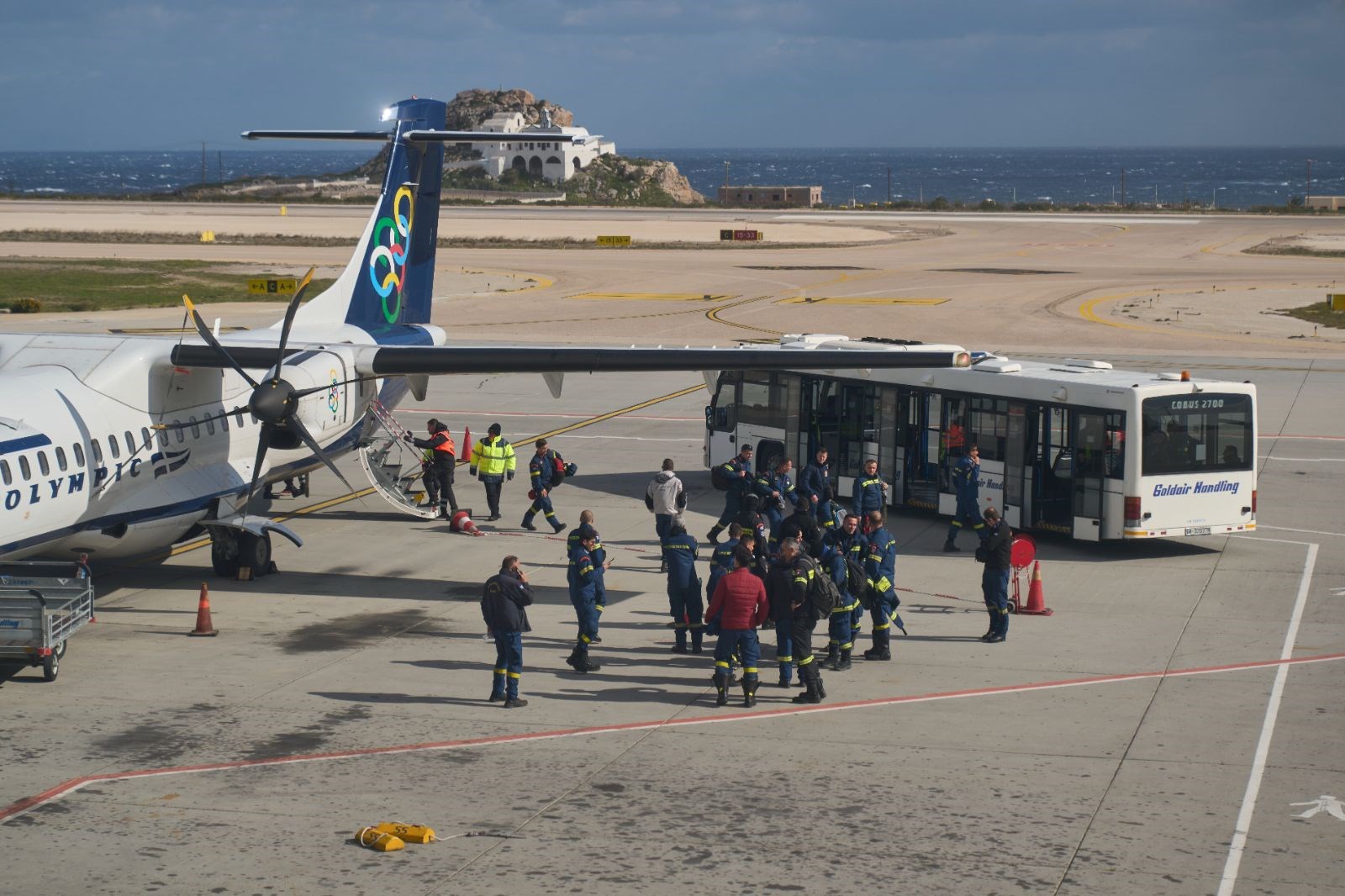
However, according to the Greek press, fears are hard to calm. For this reason, the island of Santorini has been deserted. Concerns about the earthquake’s impact on tourism are also growing.

Efthimios Lekkas, Professor of Geology and Natural Disaster Management, said the risk of landslides is high along the entire length of the caldera slopes.
“We have identified five high-risk areas. These are the Old Port of Fira in the settlement of Korfos, the port of Athinios, the areas of Ammoudi, Armeni and Thirasia. “We are taking steps to reduce the risk,” he said.
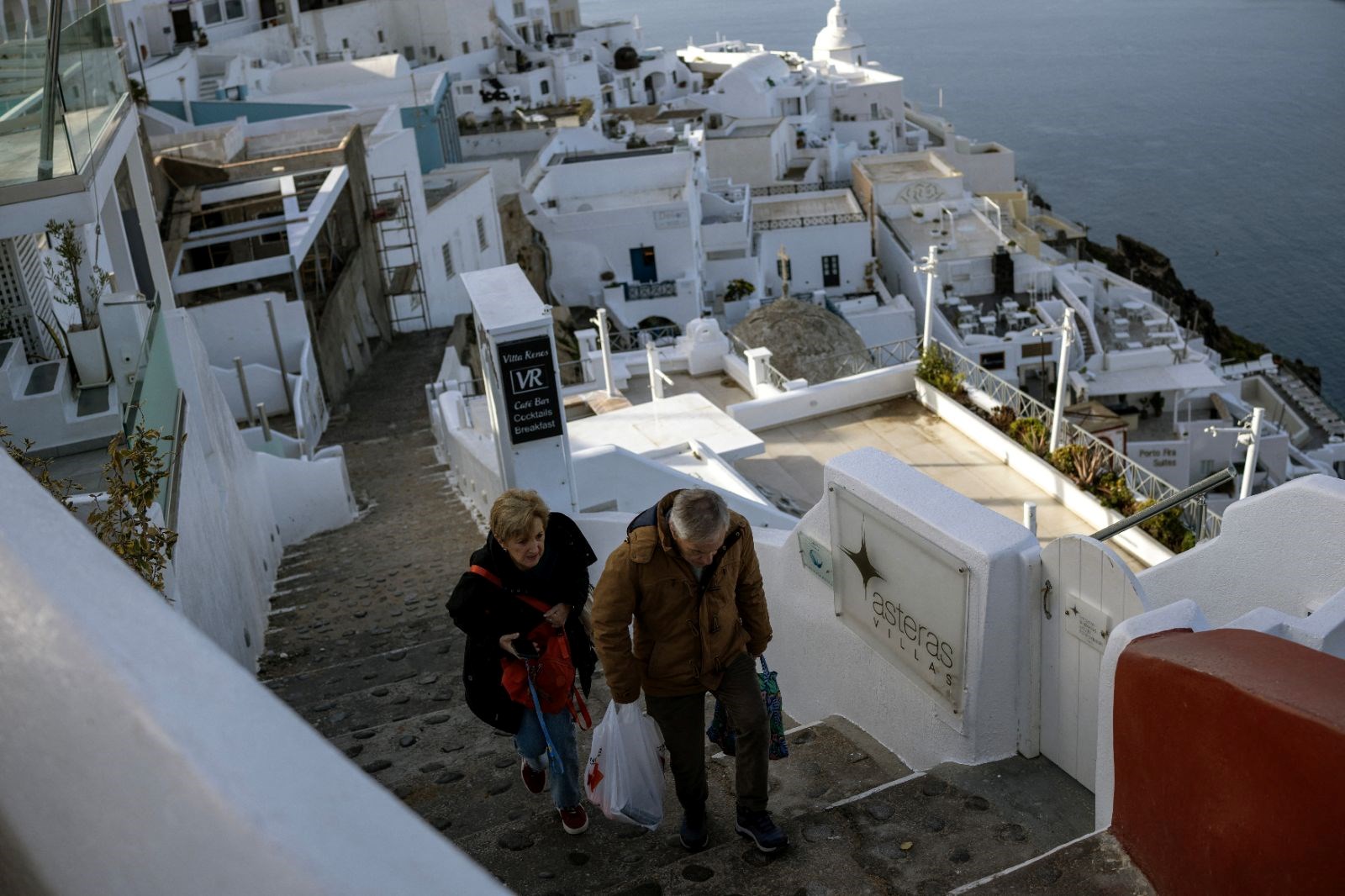
Prime Minister Kyriakos Mitsotakis made new statements after the meeting held today.
“We have a very active and world-renowned scientific community. We work with the best scientists. “Santorini is a unique geological laboratory,” Mitsotakis said, and called on “the state to listen to scientists.”
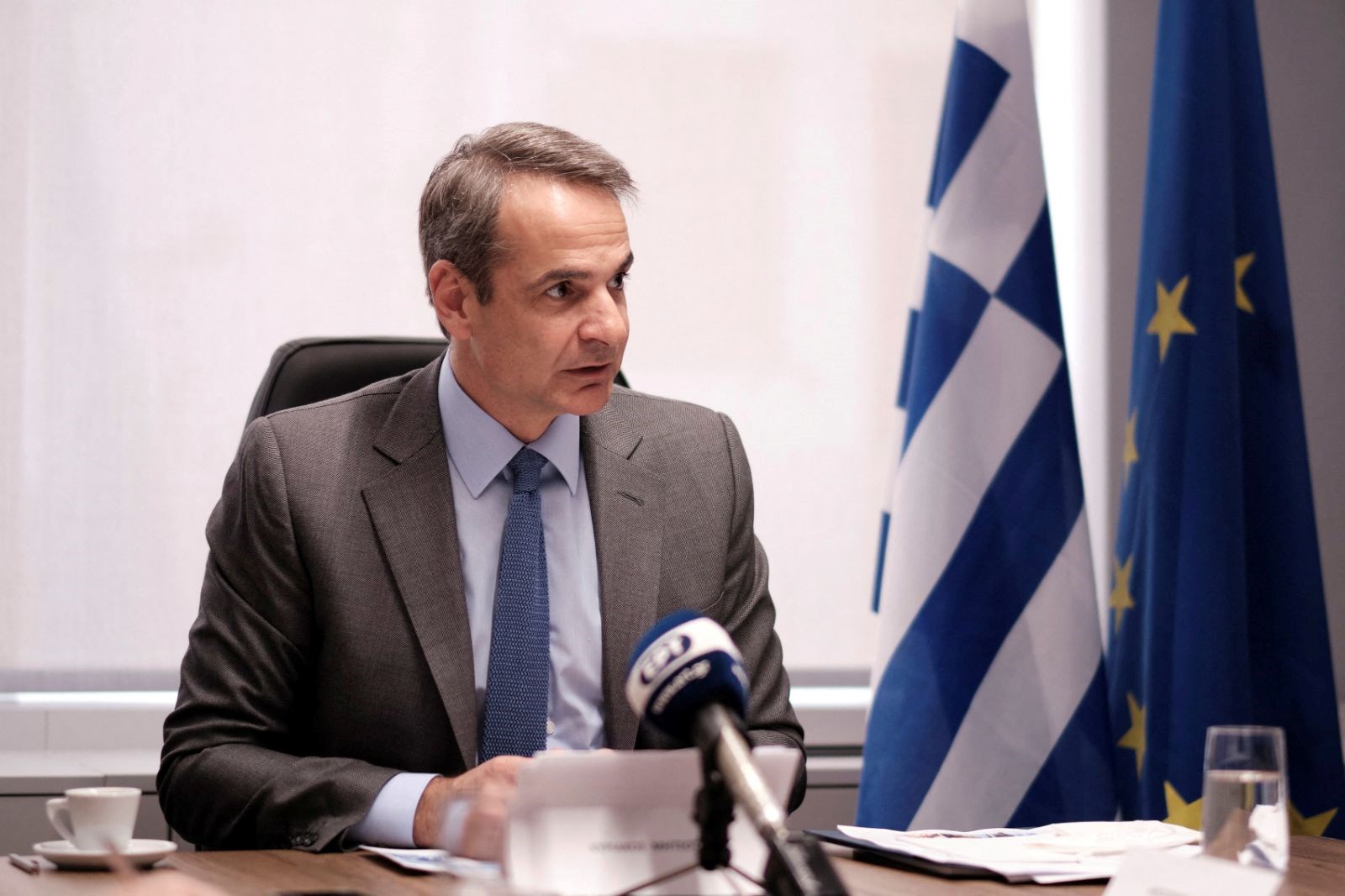
“A volcanic activity in Nea Kameni that is not unusual and does not pose any danger, and the continuous activity in the Kolumbos submarine volcano. This is a region under investigation. Probably the most worrying tectonic phenomenon right now is the activity in the Andros fault. No one can make a prediction, I agree with the professor’s slightly more encouraging statement that we are a little more optimistic today than yesterday.”
Mitsotakis stated that the entire state apparatus was mobilized and said, “We have been trying to create a Civil Protection culture for years. It goes through the stages of preparation and prevention. We all need to have basic information. Science should and does help us so that society can effectively deal with such crises. The priority is always the protection of human life and the safety of citizens.”
